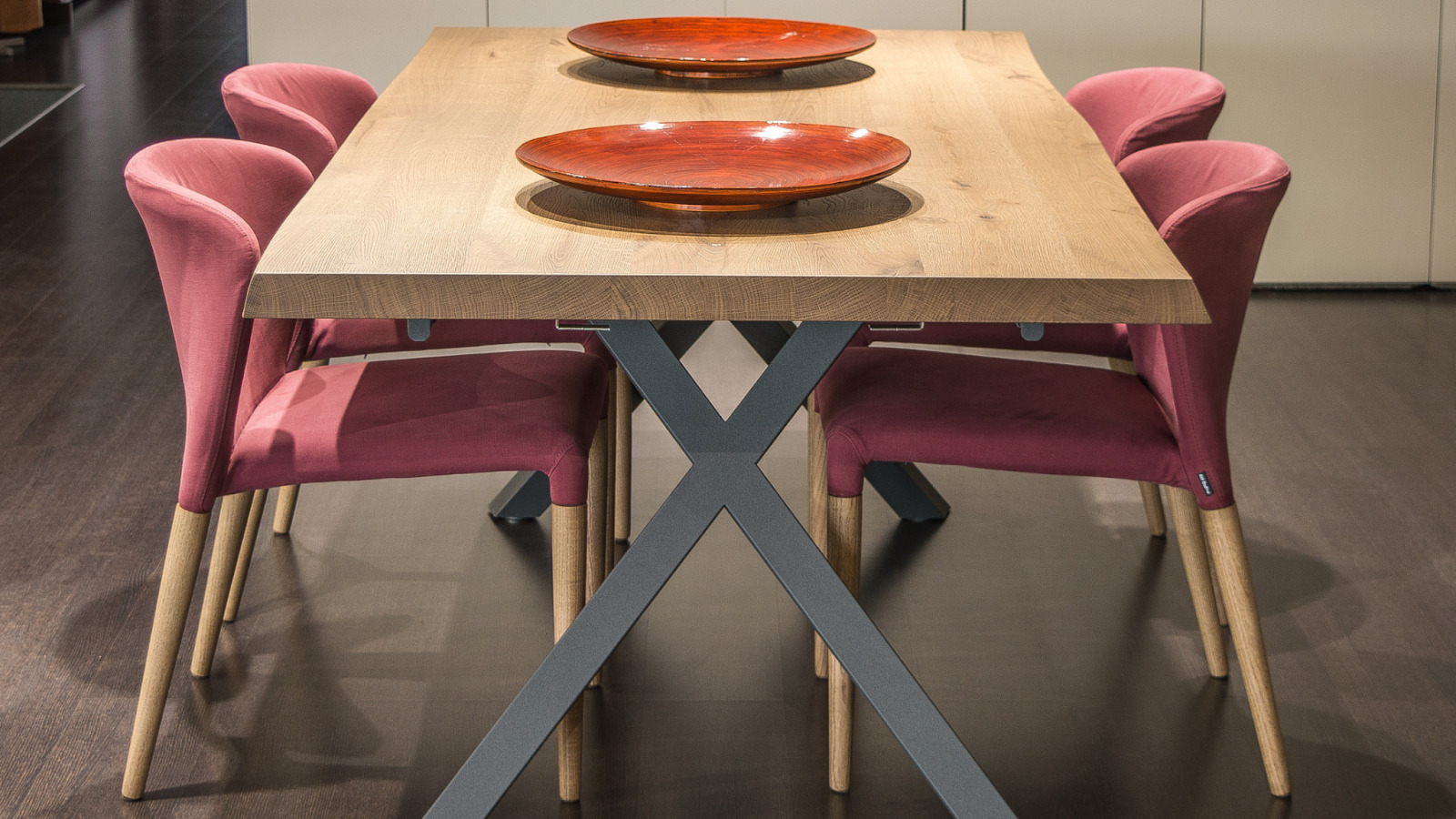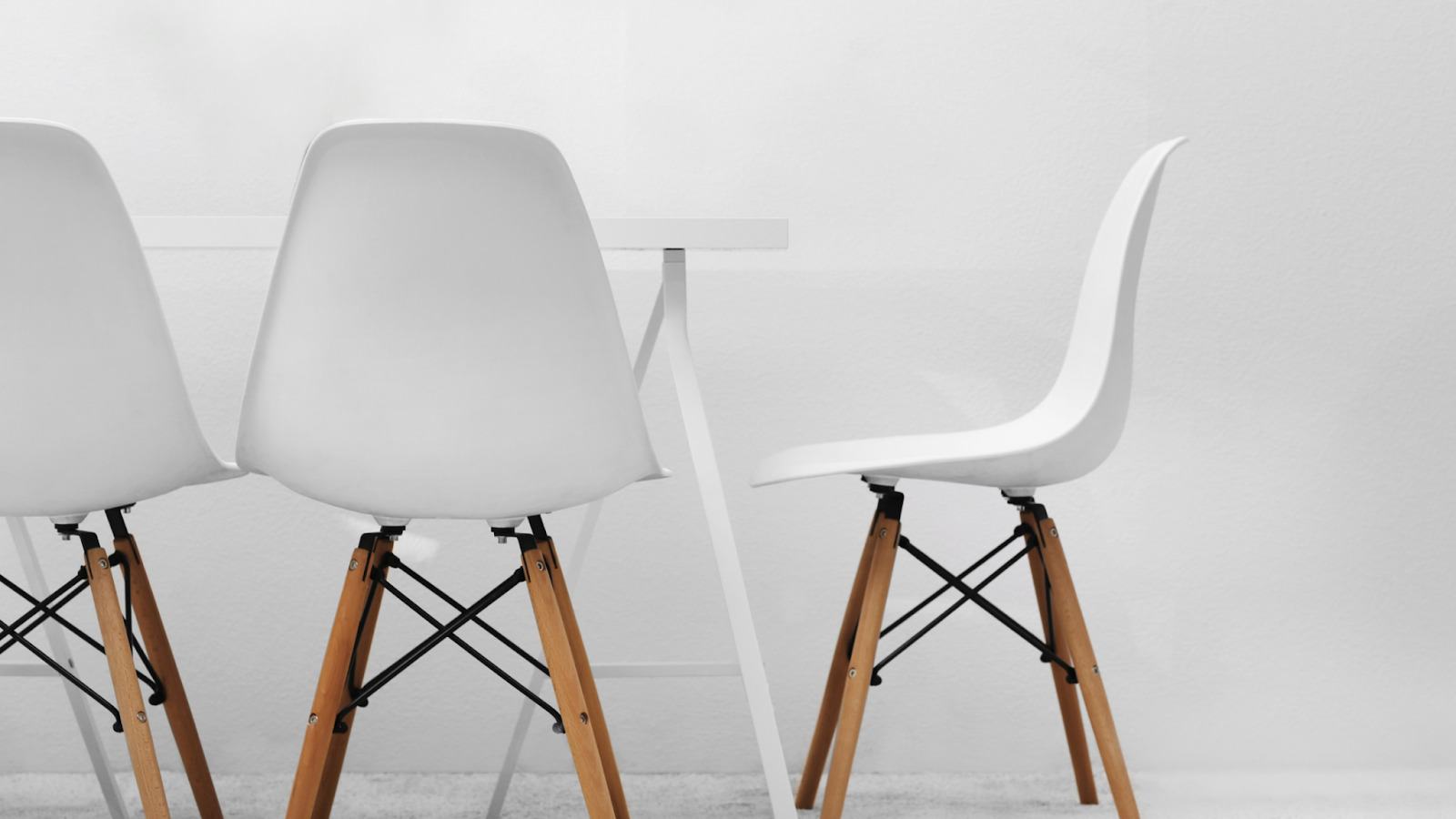Renovating your space is an exciting endeavour, but choosing the right tables and chairs can be a challenging task. The furniture you opt for not only contributes to the aesthetics but also plays a pivotal role in determining the functionality of your revitalised space.
Considerations such as size, style, and material are paramount. In this context, seeking expert advice from reputable furniture suppliers like Chairforce NZ can further streamline your decision-making process.
Here are eight invaluable tips to guide you in making well-informed choices for the perfect tables and chairs, ensuring your revamped space radiates both style and practicality.
Table of Contents
1. Define Your Space Purpose
Before you start shopping, identify the primary purpose of the space. Is it a dining room, a home office, a cosy reading nook, or a versatile multi-functional area? Understanding the room’s function will guide your furniture choices.
2. Consider Size and Layout
Measure the available space to ensure your tables and chairs fit comfortably. Create a floor plan, taking into account walkways and clearances. Consider the scale of your furniture in relation to the room’s size, ensuring a balanced and harmonious layout.
3. Match Your Style
Choose tables and chairs that align with your preferred interior design style. Whether it’s modern, traditional, industrial, or eclectic, selecting furniture that complements your design theme will create a cohesive and visually pleasing atmosphere.

4. Opt for Comfort
Comfort is key when it comes to chairs. Test seating options for ergonomics and cushioning. Make sure your chairs are comfortable for extended periods, especially if the space will be used for work or dining.
5. Material Matters
Consider the materials used in the construction of your furniture. Solid wood, glass, metal, and plastic are popular options. Each material offers different aesthetics, durability, and maintenance requirements. Choose materials that suit your lifestyle and the room’s purpose.
6. Functionality and Versatility
Select tables and chairs that serve more than one purpose if possible. For instance, a dining table with extendable leaves can also function as a workspace. Versatile furniture allows you to adapt the space as your needs change over time.
7. Quality over Quantity
Invest in well-constructed, high-quality tables and chairs. Quality furniture tends to be more durable and will withstand the test of time. While it may be a larger upfront investment, it often pays off in the long run with reduced maintenance and replacements.
8. Personalise with Accessories
Enhance the visual appeal of your tables and chairs by adding accessories such as tablecloths, seat cushions, or decorative centrepieces. These elements can inject personality into your space and provide opportunities for seasonal or style updates without replacing the furniture.
Remember that selecting the perfect tables and chairs for your renovated space is a process that requires careful consideration. Take your time to research, shop around, and visualise how the furniture will fit into your new environment. By following these tips and staying true to your style and needs, you can create a space that is not only functional but also a reflection of your personal taste and creativity. Happy decorating!
What factors should I consider when choosing tables and chairs for my dining room?
When selecting furniture for your dining room, consider the size of the room, the number of people you want to accommodate, and your personal style preferences. Opt for a dining table and chairs that fit comfortably in the space and match your desired aesthetic.
How do I determine the ideal table height for my dining area or kitchen?
The standard height for dining tables is around 30 inches (76 centimetres). However, the ideal height may vary depending on your chair choice and personal comfort. Ensure that there is enough legroom between the seat of the chair and the underside of the table.
What materials are best for outdoor tables and chairs for a patio or garden space?
For outdoor spaces, consider furniture made from materials like teak, aluminum, or synthetic wicker that are weather-resistant and durable. These materials can withstand exposure to the elements and require minimal maintenance.
How can I make small spaces feel more spacious with furniture selection?
To make small spaces appear larger, opt for furniture with sleek and slender designs. Transparent materials like glass or acrylic for tables can create a sense of openness. Also, consider multifunctional furniture pieces that can serve multiple purposes in a compact area.
What are some tips for selecting office chairs that promote comfort and productivity?
When choosing office chairs, prioritise ergonomic features such as adjustable seat height, lumbar support, and armrests. Test chairs for comfort, especially if you plan to spend extended hours working at your desk. A well-designed chair can enhance productivity and reduce discomfort.
Can I mix and match different styles of tables and chairs in one room?
Mixing styles can create a unique and eclectic look, but it should be done thoughtfully. To achieve a harmonious blend, focus on a unifying element such as colour, shape, or material. Experimenting with different styles can add character to your space.
Are there eco-friendly options for tables and chairs available?
Yes, there are eco-friendly furniture options made from sustainable materials like reclaimed wood, bamboo, or recycled materials. Look for certifications like FSC (Forest Stewardship Council) for wood products or GREENGUARD for low-emission furniture to make environmentally conscious choices.





